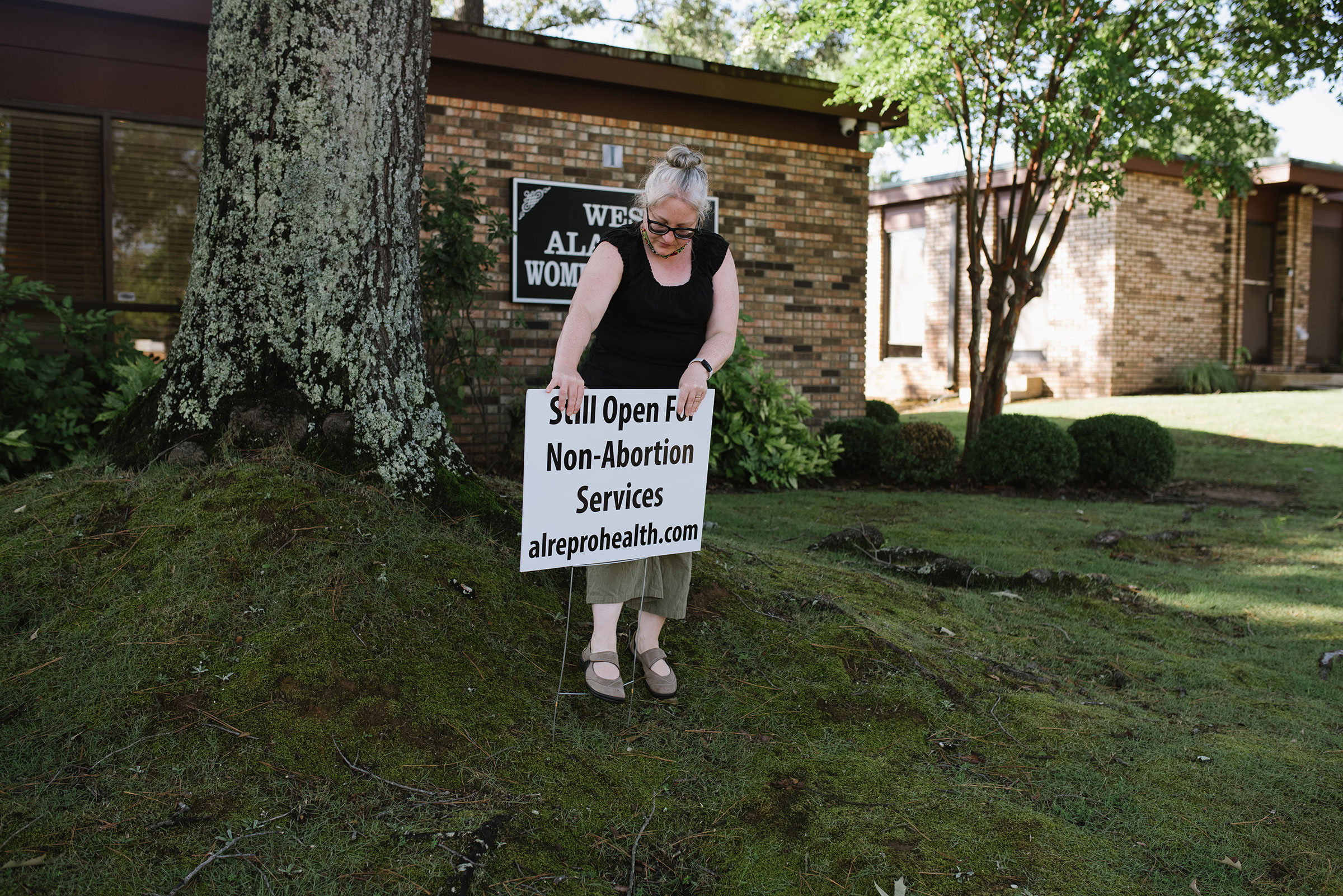On the morning the Supreme Court announced that it had overturned Roe v. Wade, we had 21 patients in our lobby waiting to have an abortion. We cried as we were forced to turn them all away. They cried as they realized the very same medical procedure that was legal only a few minutes earlier was no longer available to them. But the reality was that each of those people represented a potential felony for my staff—and up to 99 years in prison. Within hours of the decision in Dobbs v. Jackson Women’s Health Organization, the injunction on a 2019 law was lifted and abortion became illegal in almost all instances in the state of Alabama.
More from TIME
Before the ruling, 95% of the patients we saw at West Alabama Women’s Center in Tuscaloosa were terminating pregnancies. By the time it came down, we were seeing patients from Mississippi, Louisiana, and Texas on a regular basis, some traveling as far as 600 miles for our care because there were no closer appointments. We gave medication abortions to 67 people the day before the court upended nearly a half-century of precedent, in an effort to meet the needs of this overflow of patients. Now providing such services was against the law, even though the need would only grow.
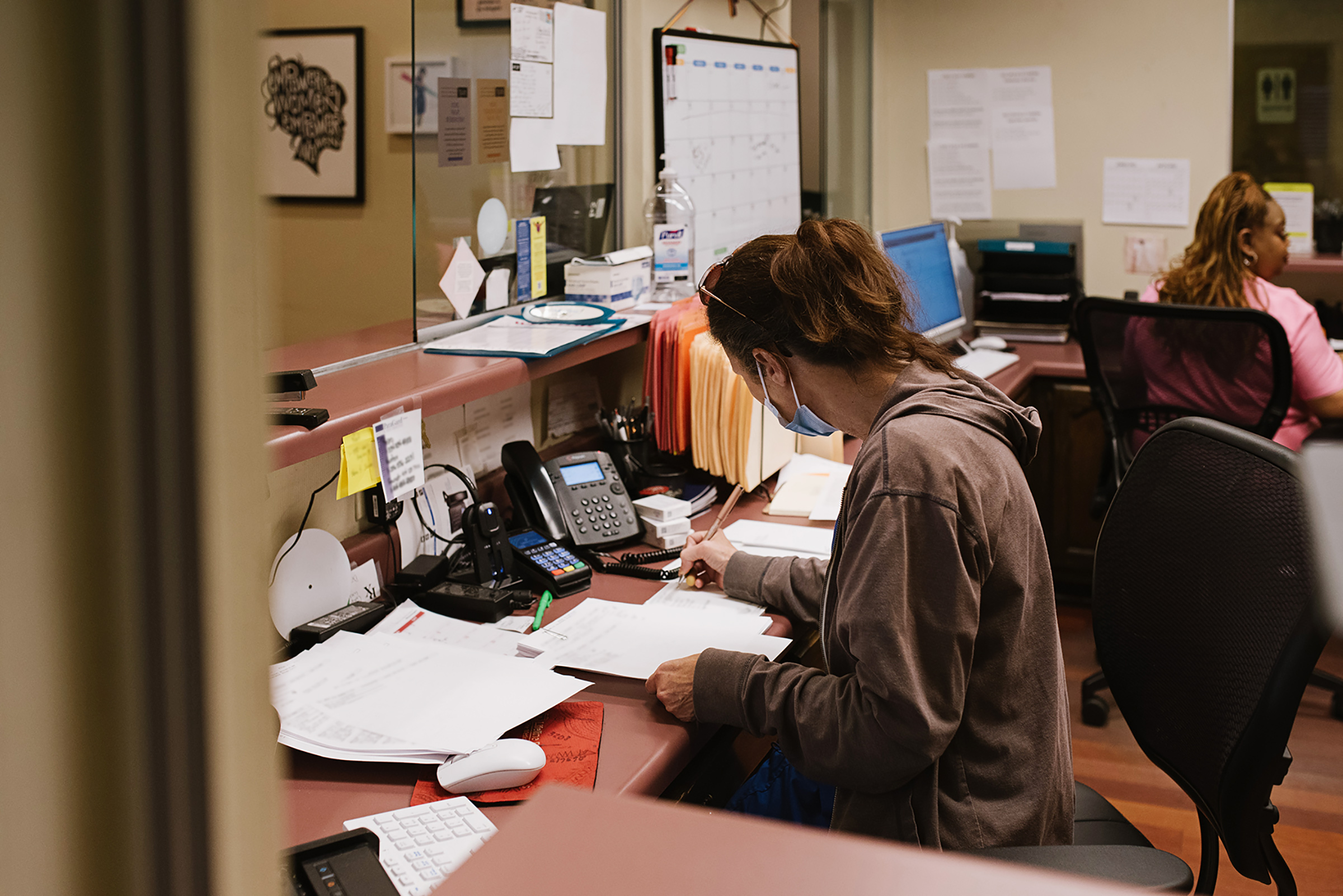
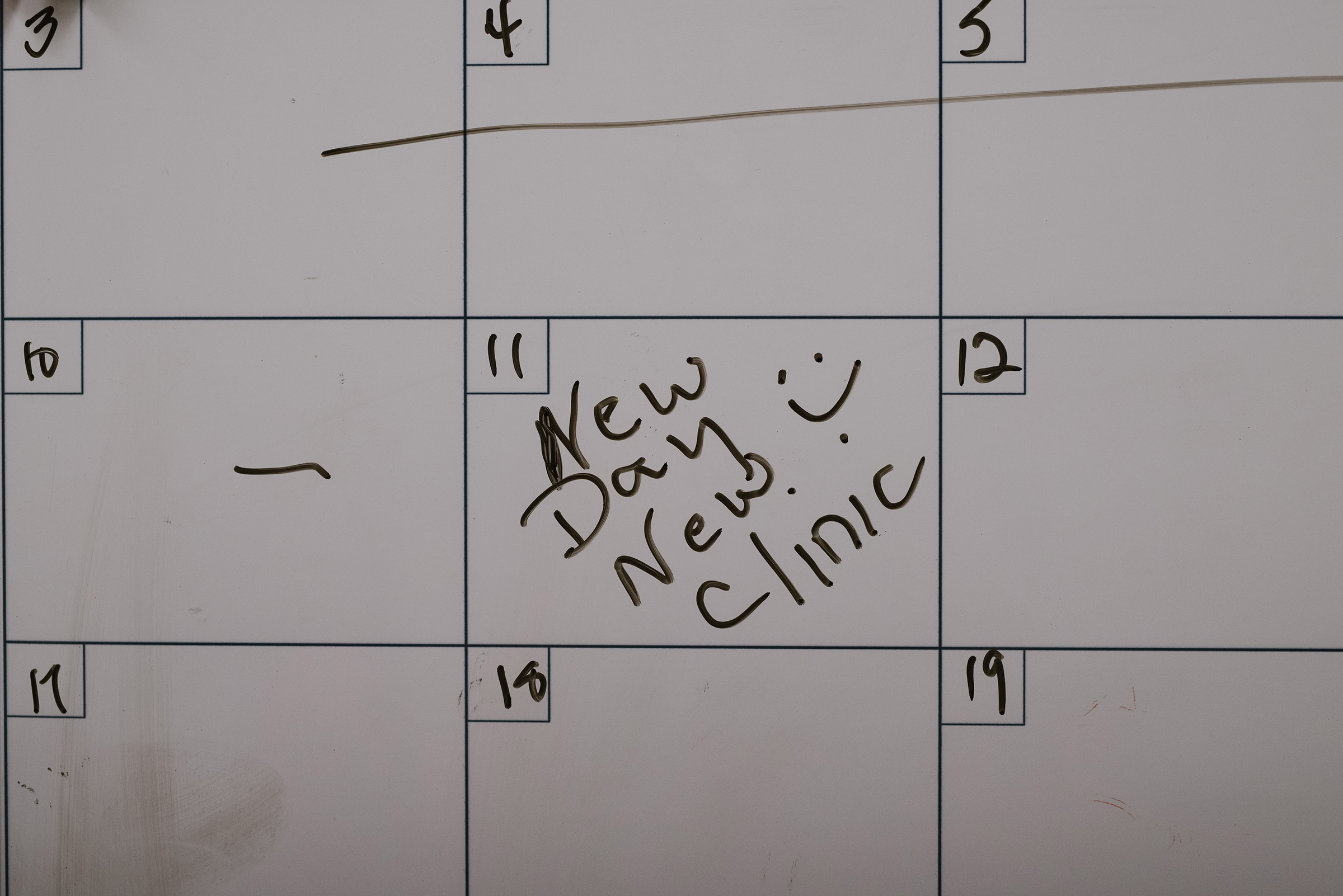
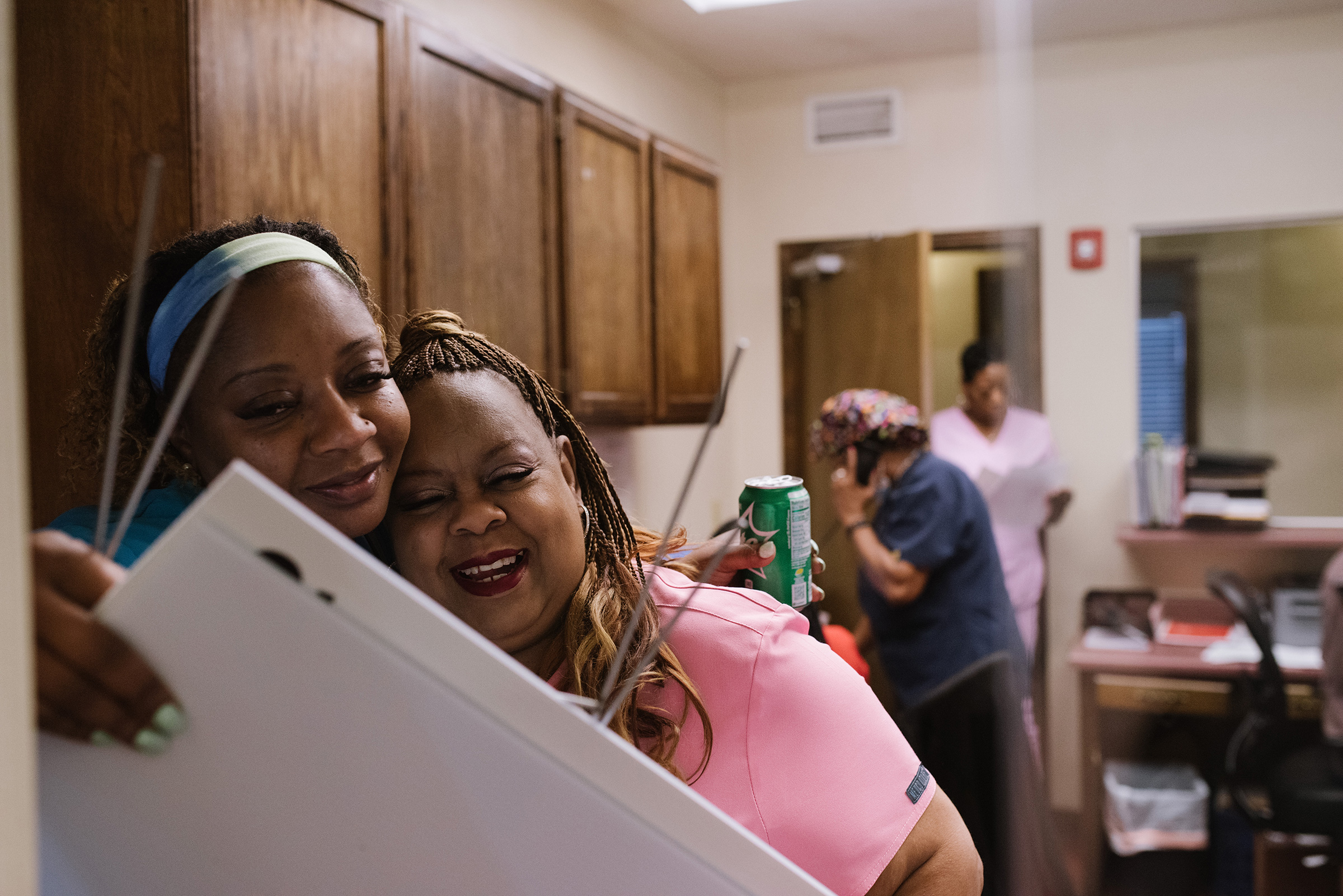
Within days we were warned by legal advisers that assisting the more than 100 patients who had completed “first day” appointments—an ultrasound, counseling, and a state-mandated information packet that must be provided 48 hours before a patient can return to a clinic for an abortion—may be seen as “conspiracy” under the new law. But we couldn’t abandon our patients. We offered them the name of a clinic in another state to reach out to, and provided financial resources to those who needed them in order to travel that far. To leave them with no idea of where to go next or how to get there wasn’t just morally wrong, it was medically wrong too.
First, do no harm.
At the same time that we were finishing assisting our now former patients, we fielded phone calls from other people who didn’t believe the ban was actually in place, or who hoped their case could be an exception. Out of fear of legal reprisals, we refused to tell them where the open clinics were or where they could get financial help, as there was no way to know who was truly in need and who was an abortion opponent hoping to catch us breaking a purposefully vague new law. We turned away patients who arrived at our door anyway, patients who had missed messages telling them their appointments had been canceled or who just had to give it one try, because being pregnant when you do not want to be fills you with a desperation that will make you try any option, no matter how impossible it may be.


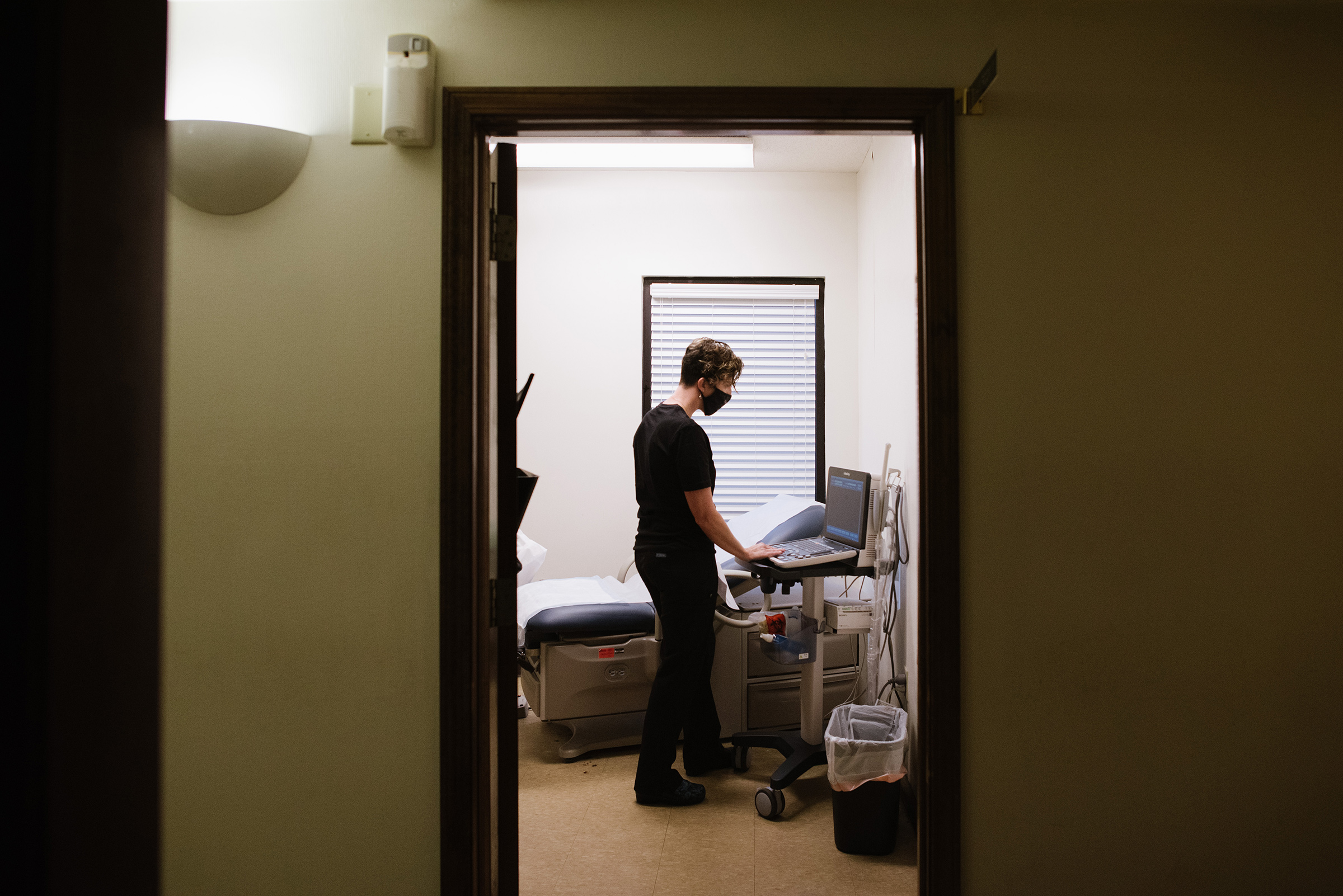
In those first post-Roe days, our voices echoed through the building’s two lobbies, chairs empty for the first time since our patient numbers began swelling at the beginning of 2022, when the Louisiana abortion seekers started showing up regularly, and then the Texans followed soon after. We had been seeing as many as 30 patients a day, five days a week, without any break or rest. In that silence, we knew we were all exhausted and heartbroken and had absolutely nothing left to give. No medical care. No financial support. Not even basic, publicly available information.
Many abortion providers in the U.S. have closed their doors since the Dobbs decision. Some are relocating to states with fewer restrictions in order to continue supporting patients seeking abortion care. The building that housed the Mississippi clinic at the center of the Supreme Court case, for instance, has been sold, and the owner and executive director will operate a new clinic in New Mexico. They are already facing protests from abortion opponents, and an anti-abortion organization has bought the space next door, proving that some battles are never going to change. Whole Woman’s Health, the provider involved in the Supreme Court case that reaffirmed Roe in 2016, announced the closure of its entire chain of Texas clinics. While it, too, will open a new center in New Mexico, the hole it’ll leave behind will be impossible to fill. The sole abortion clinic in North Dakota, meanwhile, will move just a few miles across the river to Minnesota. The physical distance is so close a person could walk it, but the political impact of yet another state without a single provider is immeasurable. Even Reproductive Health Services of Montgomery, the longest-standing abortion provider in the state of Alabama, which had survived more than 43 years of protests, violence, and increasingly hostile state politics, finally succumbed and closed down as well.

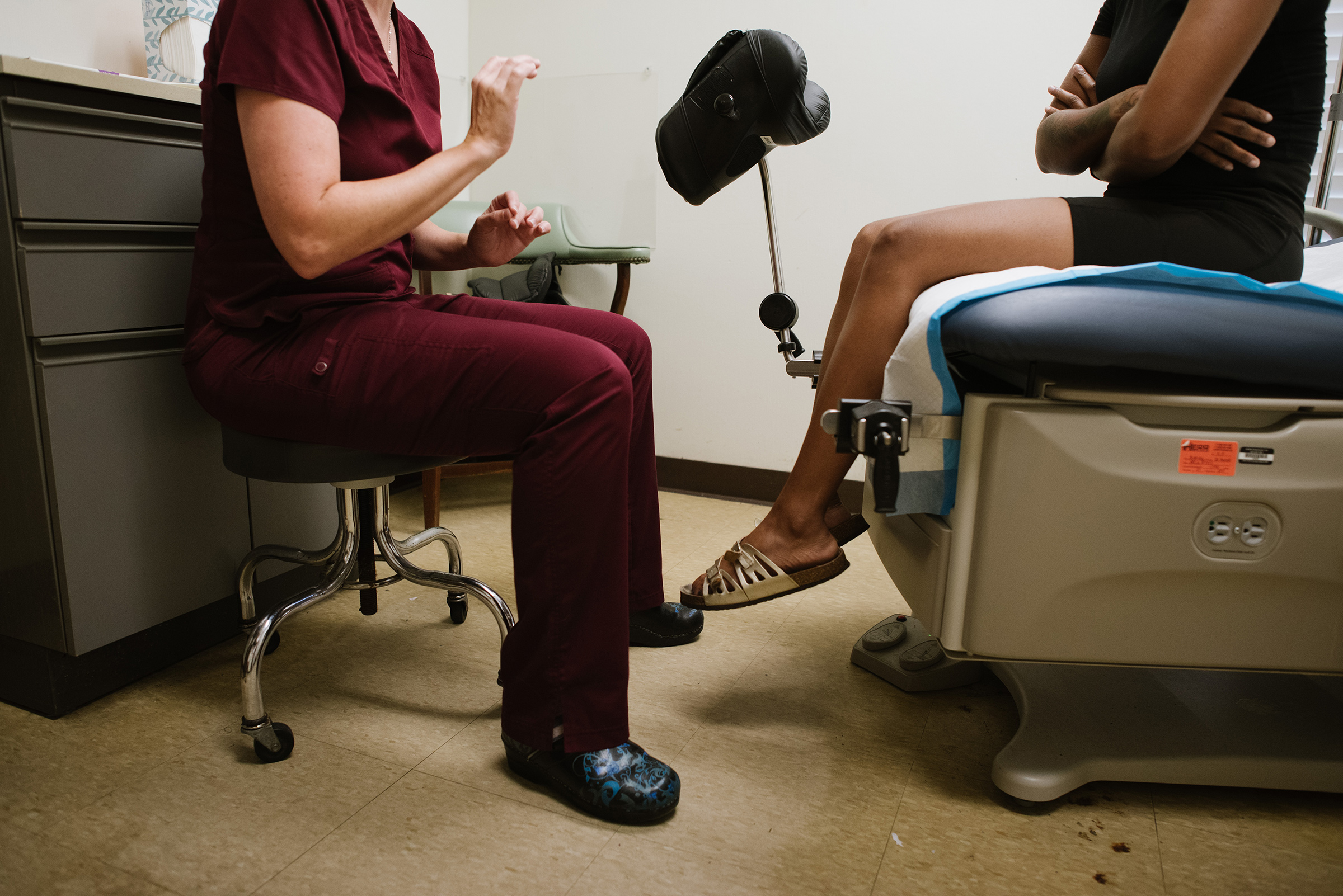

Five days after the decision, West Alabama Women’s Center, too, stopped seeing patients, but only temporarily and with no intention of leaving. On July 11, 12 days after our last unfinished patient referral and 17 days after our last day of providing abortions, we opened again, this time as a new entity. West Alabama Women’s Center—the for-profit abortion provider established in 1993—was gone. But what came back was West Alabama Women’s Center, a new full-spectrum reproductive-health center dedicated to meeting the needs of the uninsured, underinsured, and Medicaid patients neglected in our region. We are also now a nonprofit, a move that had been in the works for months, because we believe no one should ever be making money off someone else’s health needs.
Alabama is already in a health care crisis, with the third highest maternal mortality rate, the fifth highest infant death rate, and the third shortest life expectancy in the nation. An abortion ban will not improve a single one of these numbers, and will only make them worse. But we can, and that’s why we are still here.


Because the truth is, we can’t go away. While we can no longer provide elective abortions, we need to be here for the newly pregnant single mom who came to us for prenatal care because no doctor would see her until her Medicaid approval came through. We need to be here for the terrified woman in her 50s who showed up for an IUD, even though she was near menopause, because she knew a pregnancy at her age would potentially kill her and we have no clear rules on how “in danger” someone’s life has to be before an abortion is legally allowed. We need to be here for the patient with the ectopic pregnancy who went to the local hospital only to find out they didn’t have methotrexate in stock to terminate that unviable pregnancy. We need to be here for every patient we have seen miscarrying who was turned away by their hospitals even before abortion was illegal here, even before an accusation of “illegal abortion” meant the end of a medical professional’s career at best or a life in prison at worst.
We will keep our doors open for as long as we financially can. Our biggest job now is to make sure that our community knows we are here—that we can be a resource for them to turn to when they don’t have a private doctor, when they don’t want to go to a hospital, and that we can offer them the preventative services that will save them from so many long-term health issues down the road. We’ve made brochures; reached out to all of our local media—we’ve even hosted a pay-what-you-can emergency-contraception fair—all hoping to get to the people who will need us the most.
We know that we have three months to become sustainable. We also know that we had seven patients total in our first week—all of whom received health care for whatever they could pay out of pocket. Our likelihood of surviving is slim.


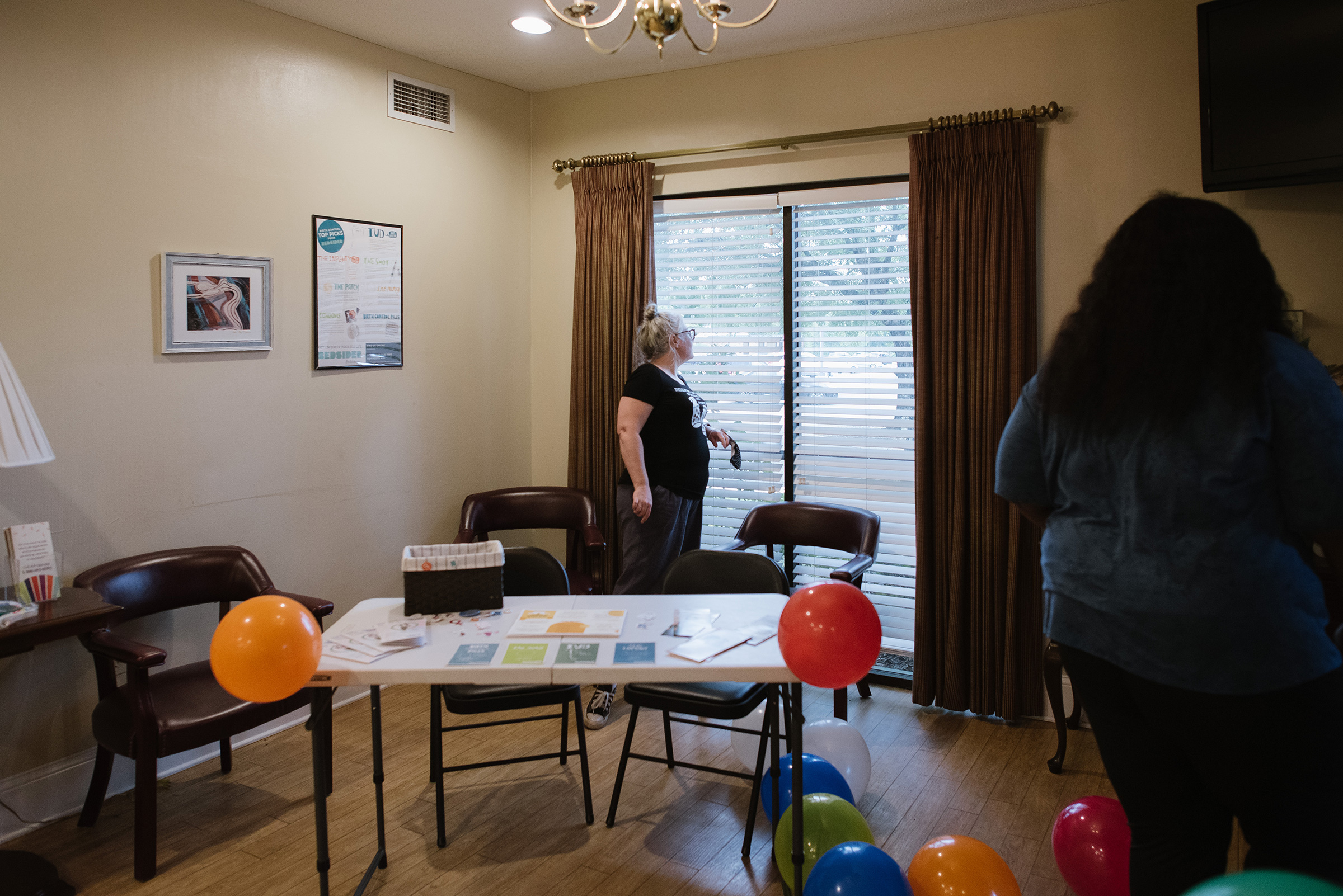
If we do shut our doors again, we will do it knowing that we provided the most good we could, for as many people as possible, for as long as we were able, and that we can be proud of that. And we will do it knowing that despite the enduring need in the community, those doors will never open again.
More Must-Reads from TIME
- Cybersecurity Experts Are Sounding the Alarm on DOGE
- Meet the 2025 Women of the Year
- The Harsh Truth About Disability Inclusion
- Why Do More Young Adults Have Cancer?
- Colman Domingo Leads With Radical Love
- How to Get Better at Doing Things Alone
- Michelle Zauner Stares Down the Darkness
Contact us at letters@time.com
